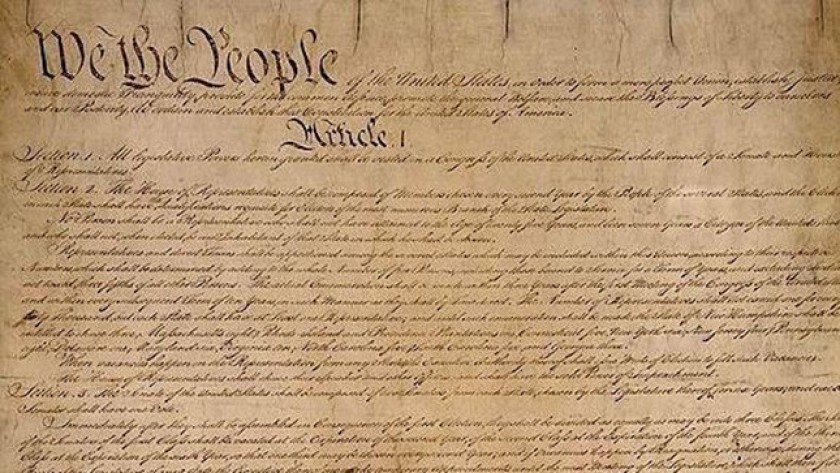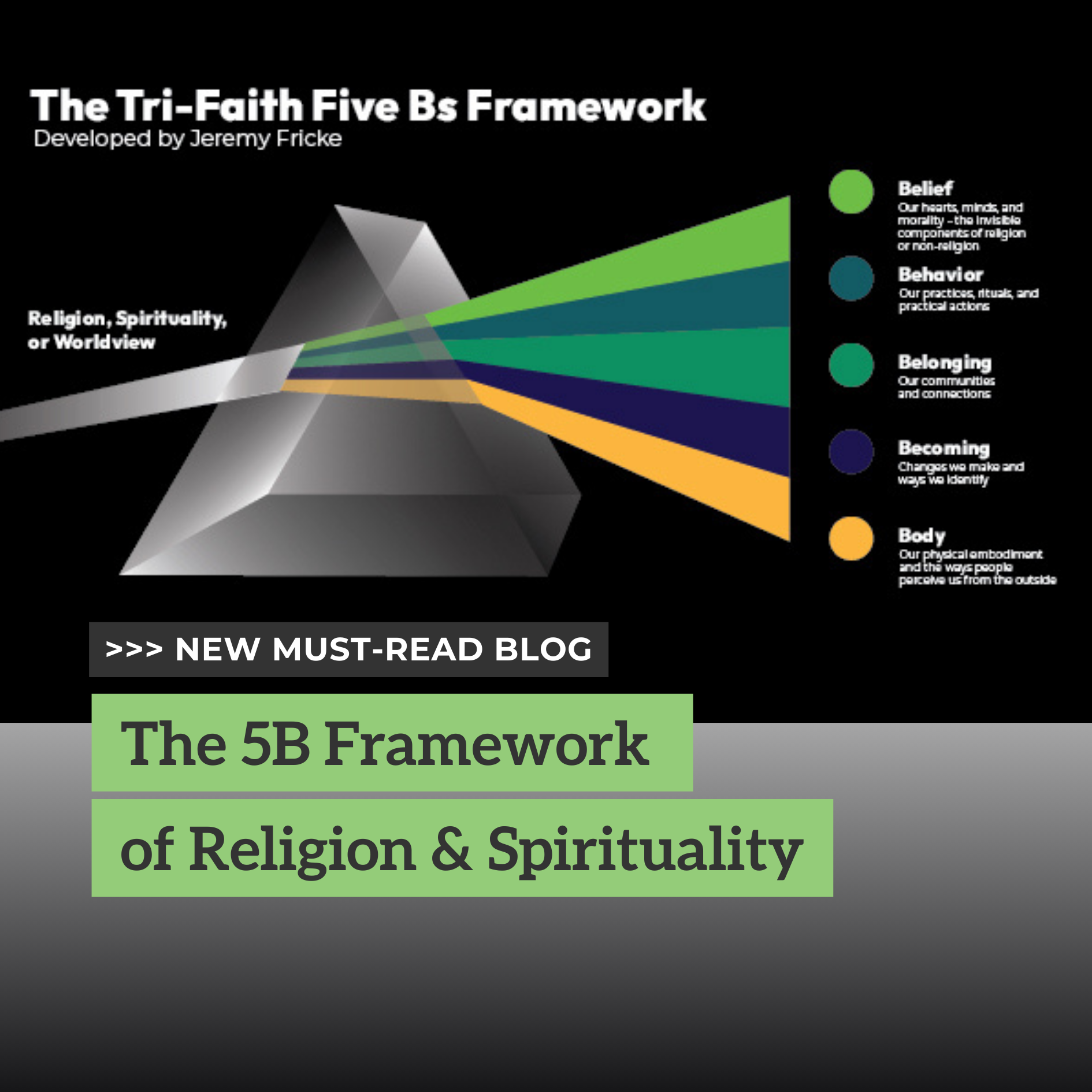OPINION: Supreme Court Case on Funding for Religious Schools
-
 Jeremy Fricke
Jeremy Fricke
- Published on

A deeply important case was heard by the United States Supreme Court on January 22nd: Espinoza v. Montana Department of Revenue. This case will likely make a sizable impact on both education and religion in the United States.
The fundamental questions of the case are as follows:
- Can a state government restrict funds from a religious school on the basis of it being religious?
- Can a state government restrict funding to all private schools (both secular and religious schools) to avoid funding religious schools?
- Does previously receiving funding matter?
The previous relevant decision, Zelman v. Simmons-Harris (2002), found that indirect state funding of religious education was acceptable – as in certain types of voucher programs or tax credits. These cases are both questions of the Establishment Clause of the First Amendment and its interpretations:
“Congress shall make no law respecting an establishment of religion, or promoting the free exercise thereof…”
To oversimplify the facts of the case, there were complaints raised about Montana’s tax credit system which indirectly funded religious schools, and Montana responded by taking away the tax credit system for all private schools, including religious and secular – because the state’s constitution states that public funds can not be used to aid a school that is “controlled in whole or in part by any church, sect, or denomination.” The plaintiff claims that this practice – removing indirect funding for all private schools – is against the First Amendment and that Montana’s shift was intended to have an adverse impact on religion. So, in essence, both sides of the case are invoking the First Amendment.
As an individual who works at an interfaith organization, I have difficulty finding exactly where my support lies, in part because either decision will inhibit someone’s religious expression. One decision makes citizens indirectly fund or foot the bill of religions that are not their own. The alternative creates a circumstance where religious people are set at a disadvantage.
In my view, if the state has a system that indirectly funds private schools, then funding should NOT be different if the schools meet the same guidelines, expectations, and accreditations – regardless of religious or non-religious affiliation. For example, religious schools should not be able to opt-out of teaching modern scientific methods and theories.
But, I do fear that affirming the case in whole will set a precedent that will be used for a wide range of new legal questions:
- Does the state have a responsibility to ensure equal funding for religious and secular schools?
- If directly or indirectly removing funding for private religious schools would be a violation of the Establishment Clause, then is there now an argument for the state being required to provide funding for religious schools?
- While this final question may seem like a stretch – does the Establishment Clause identify secularism itself as a religion which Congress cannot promote or prefer?
Roberts, the usual swing vote of the court will undoubtedly decide the outcome of this case, as the conservative Justices and the liberal Justices were clearly split during oral arguments.
I am no lawyer, but my heart says that the court should side with Montana’s Department of Revenue, because of the far-reaching consequences of the alternative decision, which would bolster the power of the largest religious groups and damage funding further for public education. But, the plaintiff has more precedent on their side of the argument than one might expect. It is also completely possible that the Supreme Court avoids commenting on some of the larger questions of the case, and restricts their ruling to the specifics of Espinoza v. Montana Department of Revenue.
The Supreme Court is expected to have a decision in the coming months.
Additional Resources
Espinoza v. Montana Department of Revenue (SCOTUSblog)
Religious School Choice Case May Yield Landmark Supreme Court (The New York Times)
Supreme Court religious rights case has big implications for U.S. schools (Reuters)
Spread the Word

